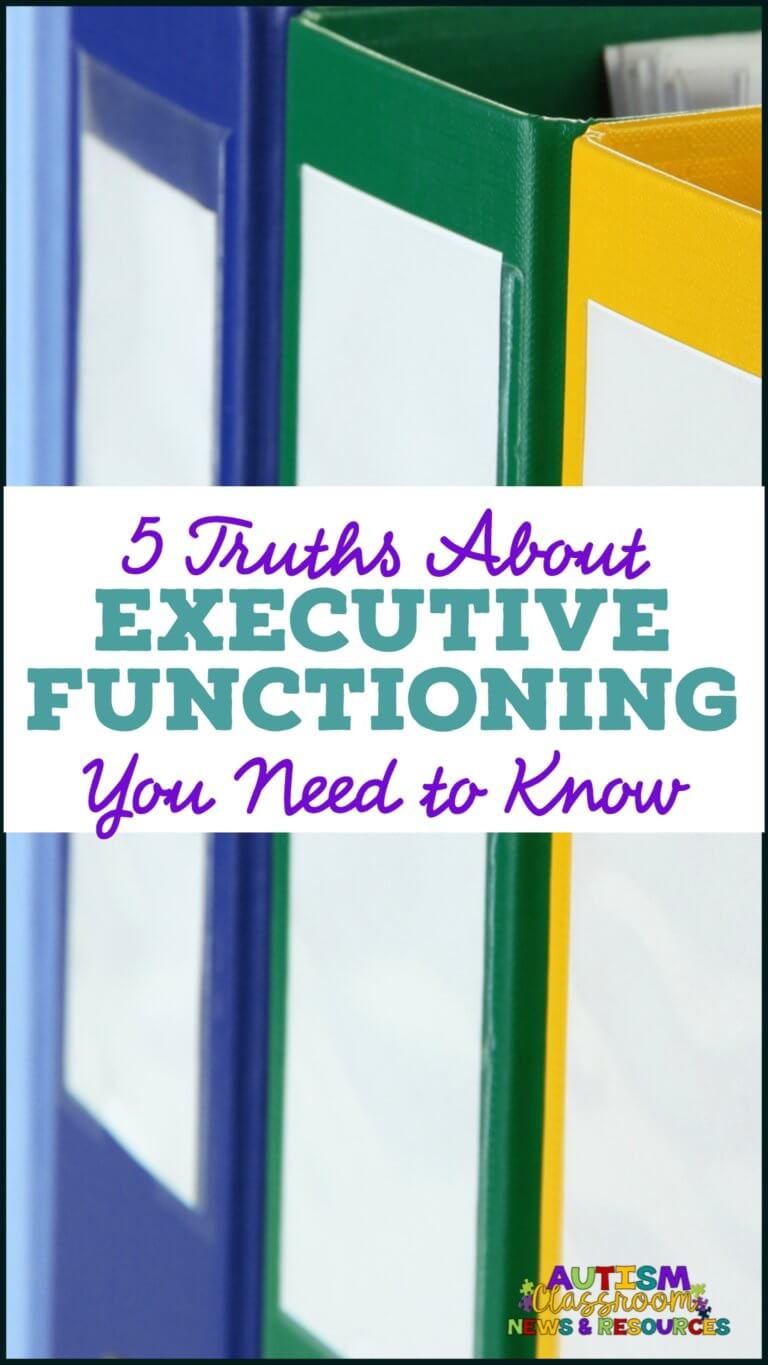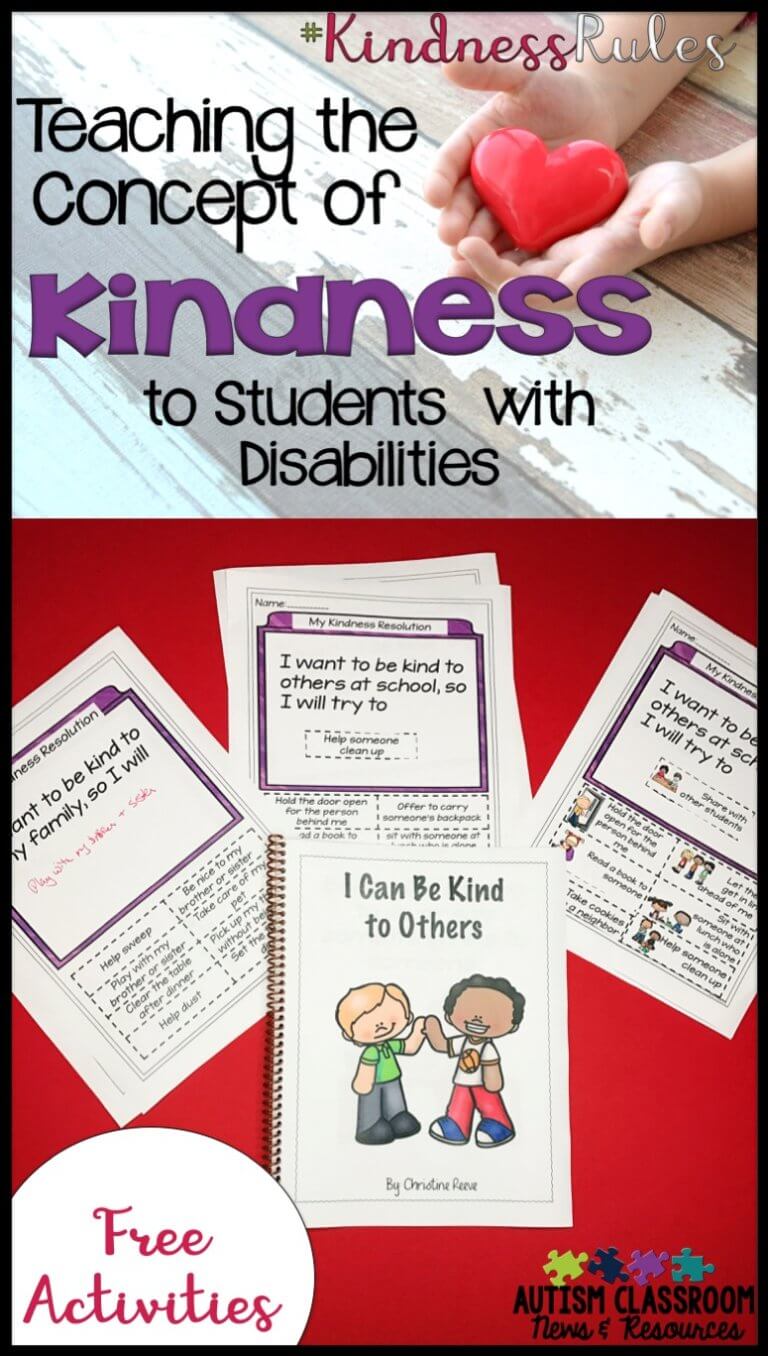I’m very excited for the opportunity to blog today with Chris Reeve today on Autism Classroom Resources! My name is Heidi Britz, I am a school based Speech Language Pathologist (SLP) and I develop social language training and materials for my county. I recently had the opportunity to present a professional learning day training to a group of fifty Speech Language Pathologists and Diagnosticians in my school system last month. All are involved in with our Preschool program, from testing to pull out speech therapy and push in models. My focus was on how to integrate social language concepts with our early learners. Our county is quite large (about 92,000 students) and has had tremendous growth in little ones with social language impairments, with and without a diagnosis of Autism Spectrum Disorder. Language delays, difficulty with emotional regulation, and poor attention skills can create the perfect storm for a difficult year with the child, their peers and the adults supporting them in a preschool setting.
What is Social Language?
To be clear, when I refer to social language, I really like this paraphrased definition from Michelle Garcia Winner; that social cognition simply means that we share our space effectively with others, while thinking about their thoughts and feelings too. I use the curriculums of Michelle Garcia Winner’s Social Thinking ® as well as the work of Jed Baker, Kari Dunn Buron (Incredible Five Point Scale® ) and Leah Kuypers (Zones of Regulation ®) with most of the students I support. For my presentation, I started with this visual from Social Thinking® that illustrates beautifully all the foundational social skills that are required to learn in a group. You can purchase this poster from their website HERE .
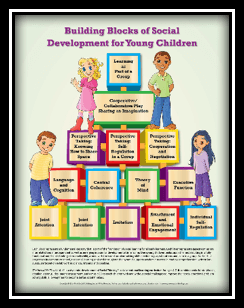
Complex Skills of Social Interaction
We expect that our neurotypical preschoolers will be able to learn as part of a group from the time they are around three years old. Easy skill, right? But look closely, there are fourteen skills that are required prior to being able to learn in a group including joint attention, developing theory of mind, perspective taking and emotional regulation. Think about that a moment. It’s not so easy, after all.
So how can we naturally teach and embed social language with our preschoolers?
I am of the opinion that we need to do this not only with our students on the spectrum, but with all of our preschoolers. Social language competency is really a life skill and one we are sorely needing in our schools and society as a whole right now. So how (and when) do we teach these skills? I’m so glad you asked! There are multiple natural opportunities throughout the school day or in a therapy setting for you to support social language development. Remember, our kids are not incidental learners, so they aren’t going to pick up on the skills from the peers, teachers or therapists on their own. We need to break down the skills and give them lots of opportunities to practice. Teachers, therapists and families can do this by being willing to step a bit out of the box and becoming flexible thinkers!
In our preschool setting, social language pairs beautifully starting with circle time in the morning. Acknowledging our friends and teachers, regulating our bodies in a shared space, using language and turn taking are all foundational skills. Whole Body Listening embeds most of these skills and is one of the first concepts I introduce.
Moving into the day, meal and snack times are fabulous ways to set up social language opportunities. I really like this Boardmaker placemat a teacher developed to support her students with language and as a way to interact with each other communicatively. You can access multiple types of communicative intents with this simple visual:
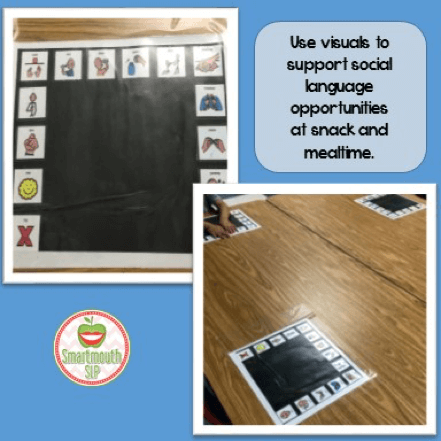
Cooking activities in preschool are another opportunity to work on social language concepts of joint attention, perspective taking, emotional regulation, executive function, imitation, and maintaining personal space, to name a few! Food can be a highly motivating activity, and for my friends on limited diets, if I give my families a heads up as to what we are doing, they typically send in a diet friendly substitute for their child.
Adding motor movement through yoga and brain breaks is also a fabulous and fun way to work on emotional regulation and introduce the concept of mindfulness (take a minute to read this great article on how Mindfulness aligns with Social Thinking®). In order to follow movement, you have to use joint attention, executive function, sharing an imagination, and recognizing personal space boundaries. Motor groups are a great way to involve your Physical and Occupational therapists too (and even your P.E. teachers might want to get on board). I really like Pink Oatmeal’s blog for movement ideas for my preschool crowd.
Social Emotional Regulation
Learning to breathe through difficult moments and using other strategies for social emotional regulation is so important for our students. I use this video from Sesame Street to talk about how to belly breathe for calming. Speaking of Sesame Street, their Youtube channel is a treasure trove of videos on emotions, self-regulation, executive function and even Mindset concepts. My littles LOVE Biscotti Karate to learn all about whole body listening with Cookie Monster (and I love the 80’s Karate Kid throwback references too).
I always learn something new when I get to observe our adaptive art teachers, and this is another way to connect social language concepts to the curriculum naturally. So many of these building block skills are required in an art activity and it’s a fantastic way to talk about expressing emotions through art. The colors lend themselves to the Zones of Regulation® concepts and are a great starting point for conceptually connecting feelings and emotions. These feeling masks were a really cool way to talk about the color of emotions:
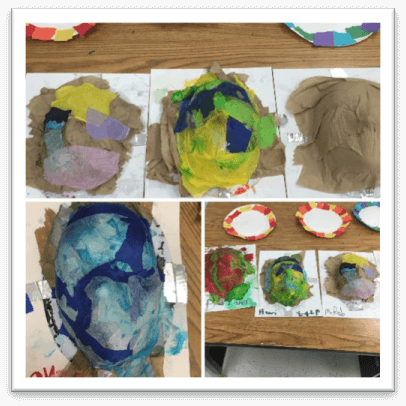
Center time and play at recess both offer opportunities to develop social language competencies including using our imagination, sharing space with others, regulating our bodies and emotions, and figuring out how to engage with other people around a shared activity. Set up an activity or game and teach your kids how to play before they go out to recess. This gives them a skill set to start with before having to process language and regulate their attention in a busy setting like recess. Recess is the social wild west my friends, and it’s often a time of day that our students struggle with due to the hidden rules and lack of structure. I try to give my students who struggle with engaging their peers in play, a super fun activity that only they have at recess (like Toss Across, a giant, battery powered bubble gun or a special race track and Hot Wheels cars). Remember, the motor component of play often comes before language and the social aspects are often the last to come along with our kids on the spectrum.
I hope you have come away with some new ideas to support social language concepts with your preschoolers today. Social language growth occurs not only in the speech room, but everywhere! Building in collaboration time across your team is a really great way to get everyone “speaking the same language” in teaching and generalizing these social concepts. Look for natural opportunities throughout the day and remember that one person cannot do it all, a team approach (including parents) is the most effective way to generalize social language skills!
Note from Chris: Thanks Heidi for such a great post on such an important topic! Please be sure to check out Heidi’s blog and social media below!!
Heidi Britz, MA CCC SLP is a lead Speech Language Pathologist in Fulton County Schools. She has over twenty years of experience in pediatrics, with a specialty in developing social language trainings for SLPs and materials for student support. Follow her for tips, tricks and ideas on social language:
SmartmouthSLP blog (www.smartmouthslp.com )
Instagram @Smartmouthslp
Facebook: https://www.facebook.com/smartmouthslp/
TPT: https://www.teacherspayteachers.com/Store/Smartmouthslp


